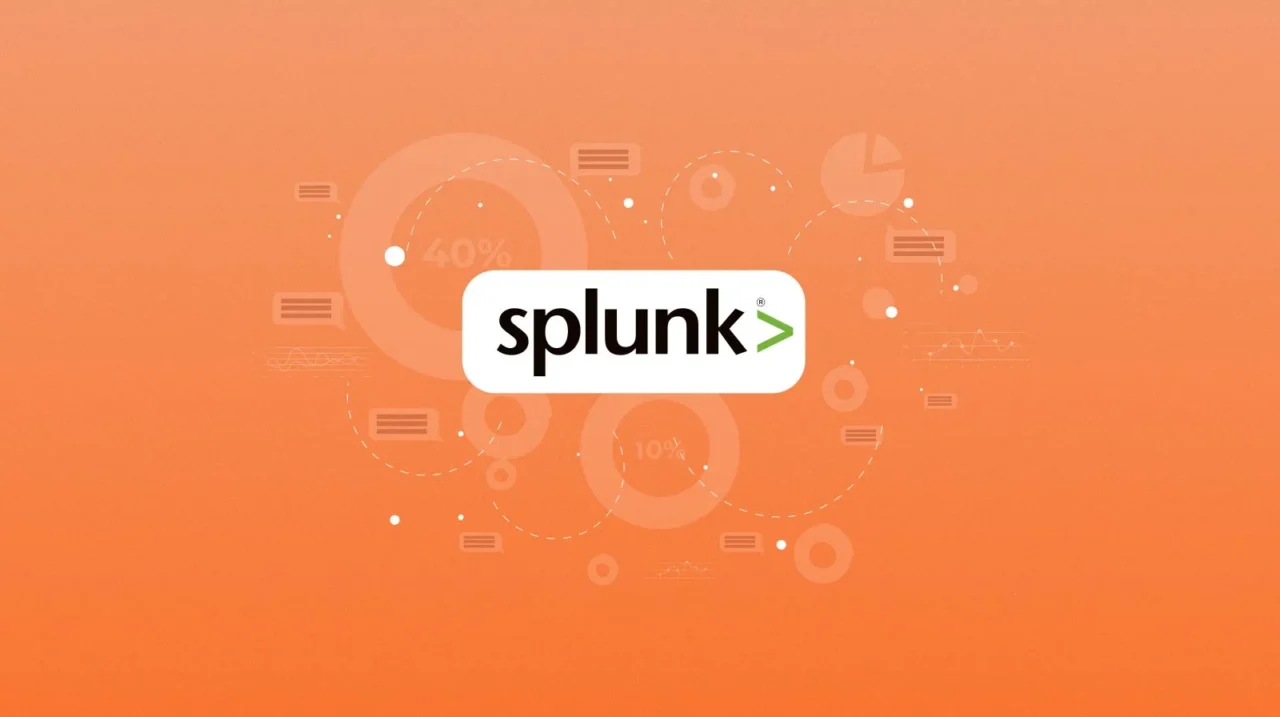Splunk Interview Questions & Answers 2025: Most Frequently Asked (Expert Guide)


Join Huru.ai to practice unlimited Splunk interview questions, receive instant AI-powered feedback, and build real confidence. Start your free mock interview now!
Why Splunk Interview Preparation Changed in 2025 🚀
The Splunk landscape in 2025 is evolving at breakneck speed—cloud-native architectures, real-time data streaming, advanced security, machine learning, and AI-driven automation are now at the core of Splunk interviews. Recruiters are raising the bar, not just testing theoretical knowledge but practical, scenario-based problem solving. To succeed, you need up-to-date technical insight, real-world use case mastery, and strong communication. This guide equips you with the latest Splunk interview questions, expert answers, actionable tips, and practice resources to help you stand out in any interview scenario.

Section 1: 2025’s Most In-Demand Splunk Interview Topics (With Sample Answers)
Interviewers in 2025 target both foundational and next-gen Splunk skills. Here’s what to expect—plus actionable answers to help you practice:
- Splunk Architecture & Components
Q: What are the main components of Splunk architecture?
A: Splunk consists of the Indexer (stores and indexes data), Forwarder (collects/transmits data), Search Head (conducts searches/reports), and Deployment Server (manages configs). Splunk Cloud introduces cloud-native elements for scalability and security. - Data Ingestion & Parsing
Q: How does Splunk handle complex or multi-line events?
A: Splunk uses event breaking, timestamp extraction, and advanced parsing (props.conf, transforms.conf). In 2025, support for data streaming via Splunk DSP (Data Stream Processor) and Kafka integration is standard. - Search Processing Language (SPL)
Q: Write an SPL query to identify failed logins by user over time.
A:index=security sourcetype=auth action=failure | stats count by user, _time— Optimize withtstatsand indexed fields for large-scale environments. - Cloud & Hybrid Deployments
Q: What’s the difference between Splunk Enterprise, Splunk Cloud, and Federated Search?
A: Splunk Enterprise runs on-prem; Splunk Cloud is SaaS (secure, scalable, managed). Federated Search (2025) lets you search across multiple instances/clouds simultaneously—vital for hybrid, geo-distributed organizations. - Machine Learning & Automation
Q: How can Splunk leverage ML in security monitoring?
A: Splunk’s ML Toolkit enables anomaly detection, predictive analytics (server failures, insider threats), and automated alerting—integrate ML models with SPL for real-time action. - Security, Compliance, & Monitoring
Q: How do you secure Splunk deployments (2025 best practices)?
A: Use role-based access, secure data transmission (SSL/TLS), app whitelisting, and integrate Splunk with SIEM/SOAR for automated threat response. Stay current with compliance frameworks like NIST, GDPR, and CCPA. - Licensing & Administration
Q: What are the types of Splunk licenses? How do you manage them?
A: Splunk offers enterprise, cloud, and free licenses (based on daily ingest, features, retention). Use the License Master to monitor usage, manage quotas, and avoid violations. - Real-World Scenarios
Q: Describe a tough troubleshooting scenario you’ve solved using Splunk.
A: Example: Resolved intermittent log loss by analyzing data pipelines, optimizing forwarder configs, and setting up custom health alerts. Practice describing your diagnostic process clearly.
💡 Key Takeaway
Prepare for scenario-based questions, not just definitions. Interviewers expect you to apply Splunk knowledge in real-world troubleshooting, monitoring, and automation contexts – especially using new 2025 features.
Section 2: Advanced SPL Tricks & Dashboard Customization
SPL (Search Processing Language) expertise is a game-changer in Splunk interviews. Here are top SPL queries and dashboard hacks interviewers love in 2025:
- Transaction & Correlation:
| transaction startswith="login" endswith="logout" keepevicted=true— Correlates user sessions, helpful for fraud or anomaly detection. - Timecharts for Trend Detection:
| timechart avg(response_time) by endpoint— Visualize latency trends for APIs/services. - Lookups for Contextual Alerts:
| lookup employee_roles user OUTPUT role | search role="admin"— Real-time alerts for privileged user actions. - Dynamic Dashboards: Use
drilldownandtokensto create interactive dashboards that update in real time based on user input. Show off your dashboard configuration and reporting skills—these are prized in 2025 cloud environments. - Optimizing Performance: Use
tstatsand index-time fields to minimize search latency in large Splunk deployments.
Pro Tip: When practicing with Huru’s AI-powered interview simulator, record your SPL explanations aloud to improve clarity and confidence under pressure.
📊 Pro Interview Tip
Interviewers love candidates who can explain SPL queries with real examples—don’t just memorize, understand the why behind each search.
Section 3: Cloud-Native, Hybrid, and Geo-Distributed Splunk Architectures 🌐
With Splunk Cloud and hybrid deployments now mainstream, expect interview questions on:
- Cloud vs. On-Prem vs. Hybrid: Compare benefits, cost, scalability, and compliance implications.
- Federated Search (2025): Enables searching across multiple Splunk deployments, crucial for global enterprises.
- Designing for Resilience: How would you architect for disaster recovery, multi-region failover, and high availability?
- Security in the Cloud: Discuss encryption, IAM, and integrating Splunk with cloud-native SIEM tools.
- Cost Optimization: Use lifecycle policies, data retention tiers, and ingest controls for budget-friendly cloud Splunk ops.
Brushing up on networking interview concepts and cloud fundamentals will give you an extra edge for Splunk cloud interviews.
🌍 Key Takeaway
Cloud and hybrid Splunk deployments are the new normal. Be ready to discuss practical design, migration, and troubleshooting scenarios—not just theory.
Section 4: Machine Learning, Automation & Security in Splunk
2025 Splunk roles expect you to automate, predict, and secure using Splunk’s ML Toolkit, orchestration, and security integrations:
- Integrating Machine Learning: Use ML to detect anomalies, forecast trends, and automate responses within Splunk.
- Alert Automation: Set up adaptive alerts that auto-remediate threats or escalate incidents.
- SIEM & SOAR Integration: Connect Splunk with enterprise SOC, SIEM (Security Information and Event Management), and SOAR (Security Orchestration, Automation, and Response) tools for end-to-end security workflows.
- Compliance & Access Controls: Up-to-date knowledge of RBAC, GDPR, NIST, and multi-factor authentication in Splunk is a must.
Find more about integrating security workflows in our security-focused interview prep guide.
🤖 Key Takeaway
Interviewers value automation and security knowledge as much as core Splunk skills. Be ready with examples of real ML, alerting, and security integrations you’ve built or practiced.
Section 5: Latest Splunk Interview Trends & Candidate Skills in 2025
Recruiters in 2025 want technical depth—and soft skills. Here’s what makes you stand out:
- Real-Time Data & Streaming: Experience with Splunk DSP, Kafka, and real-time pipeline tuning is hotly demanded.
- SPL Mastery: Writing optimized, readable queries for large datasets and complex dashboards makes you a frontrunner.
- Cloud/Hybrid Skills: Design and troubleshooting knowledge for multi-cloud and geo-distributed architectures is essential.
- Security and Automation: Practical knowledge of integrating SIEM/SOAR tools, setting up ML-based alerts, and automating workflows is a big plus.
- Problem-Solving & Communication: Interviewers assess your ability to break down complex scenarios and explain your process clearly.
Practice these skills in a simulated environment—Huru.ai’s interview simulator gives you AI-powered feedback on communication, technical clarity, and analytical depth.
🎯 Final Interview Prep Tips
- Mock interviews with instant feedback are the fastest way to improve (start free with Huru.ai).
- Record answers aloud to build confidence and clarity.
- Stay updated on new Splunk features and trending use cases.
- Prepare stories of real projects and troubleshooting wins.
- Brush up on related domains—Spark Hire Interview Questions Answers and Financial Analyst Interview Questions Sharpen Your Answers With Huru Ai can inspire broader prep.
Splunk Interview Preparation Playlist: Watch & Learn
Visual learners—here’s a handpicked 2025 YouTube video to boost your Splunk interview prep.
🔗 Useful Internal Resources
Elias Oconnor is a content writer at Huru.ai, passionate about empowering job seekers to conquer tech interviews with confidence. With deep expertise in career tech trends and a data-driven approach to interview prep, Elias crafts actionable guides and resources to help you land your next role.


 Mar 05,2022
Mar 05,2022  By Elias Oconnor
By Elias Oconnor